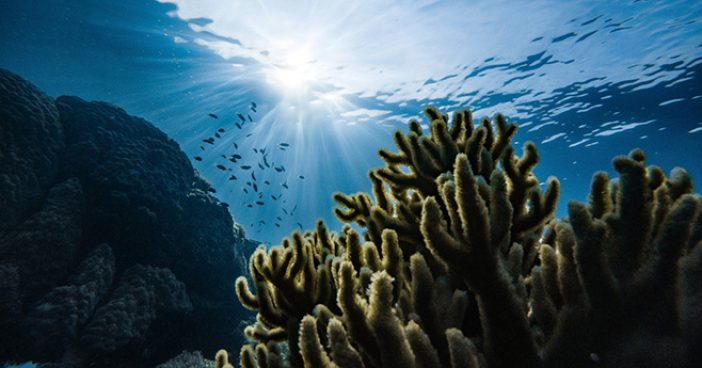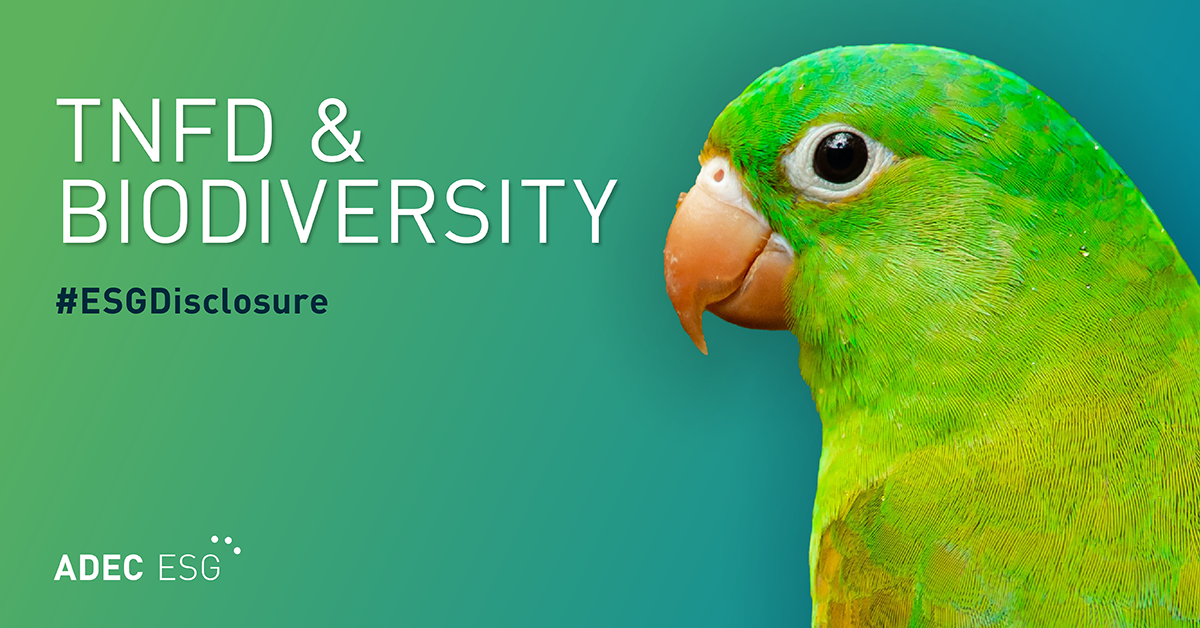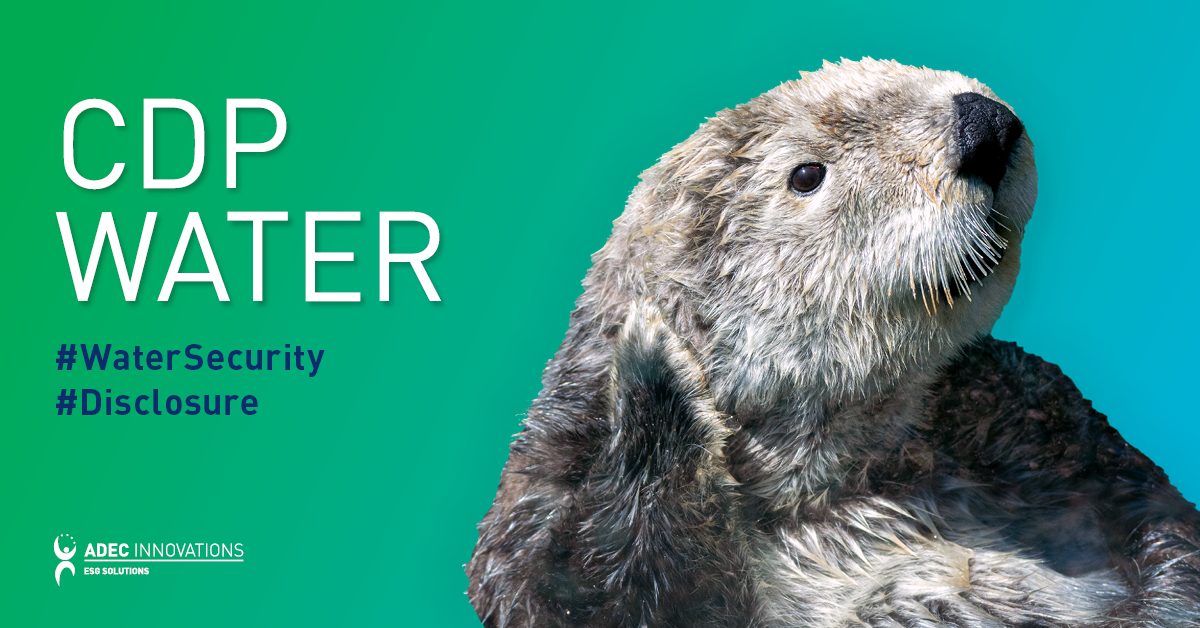The Blue Economy was first introduced by Prof. Gunter Pauli in 2004 when he published his book, The Blue Economy, which featured a plan on how to connect seemingly disparate environmental concerns to turn “scarcity to abundance.”
The World Bank defines this economic concept as the “sustainable use of ocean resources for economic growth, improved livelihoods, and jobs while preserving the health of ocean ecosystems.” The Blue Economy encompasses numerous activities that include waste management, fisheries, maritime transport, tourism, climate change, and renewable energy. This concept ties together the linkages between ocean health, climate change, and the wellbeing of people across the globe.
Understanding the relationship we have with the ocean and its resources is crucial in the fight to stop climate change. The ocean acts as a carbon sink, which means it is a natural reservoir that stores carbon, and with the increasing levels of CO2 in the atmosphere, more and more CO2 is being dissolved into the water. Consequently, this dissolved CO2 lowers the water’s pH levels, making it more and more acidic. Additionally, as temperatures rise around the world, more and more carbon dioxide leaks out of the ocean, “like a glass of root beer going flat on a warm day.”
Increased levels of dissolved CO2 have impacts on ocean biodiversity, such as coral bleaching, which results in the death of corals. This type of large-scale destruction has garnered considerable attention, as coral reefs are considered areas with the highest levels of biodiversity on Earth. While they only occupy about 1% of the total ocean floor, coral reefs contain about 25% of total marine life. In 2015, the WWF valued the worth of our oceans at $24 trillion; annually, goods and services from coastal and marine environments bring in approximately $2.5 trillion. This means that the conservation of these ecosystems is not only beneficial to the health of our planet, but also to the health of our global economy.
Another effect of rising CO2 levels due to the burning of fossil fuels is ocean dead zones, which have quadrupled in number since 1950. A dead zone refers to an area of the ocean with little to no available oxygen, a process also known as eutrophication, that cannot support most types of marine organisms. Dead zones are normal in deep waters but are occurring more frequently in coastal waters, which is devastating to the marine life living there. There is also a significant economic cost associated with hypoxia or low-oxygen events. For example, off the coast of New York and New Jersey, a hypoxia event in 1976 across an area of 385 square miles cost the region about $500 million. The dead zone in the Chesapeake Bay accounts for a loss of 75,000 metric tons of fish and other marine life, which is “enough to feed half the commercial crab catch for a year.” To put that in perspective, the largest dead zone to date is in the Gulf of Oman and spans across a whopping 70,000 square miles, which equates to about the size of Florida.
The concept of the Blue Economy understands the need to conserve our ocean resources while also understanding the importance of the ocean as a source of income for communities around the world. The goal of the blue economy is to develop a system wherein both the ocean and the people who rely on it work together to live harmoniously. There are barriers to developing this system, however. The World Bank breaks down the strongest barriers as current economic trends that have been degrading ocean resources, the lack of investment in human capital for employment and development in innovative blue economy sectors, and inadequate care for marine resources and ecosystem services of the oceans. While these are very strong barriers to further developing the blue economy, the loss of economic value and biodiversity that is caused by climate change and unsustainable practices in the ocean is of paramount concern for the health of our oceans–and ultimately for the health of our planet and our people.
ADEC ESG is a leading provider of ESG solutions, with expertise in delivering fully-integrated consulting, software, and data management services. Connect with us on Facebook, Twitter, and LinkedIn for the latest in sustainability around the world.



